O.,.o Could make a semi renewable fusion reactor or propulsion system.
Atoms of antihydrogen are affected by the Lamb shift, which results from transient particles appearing and disappearing.
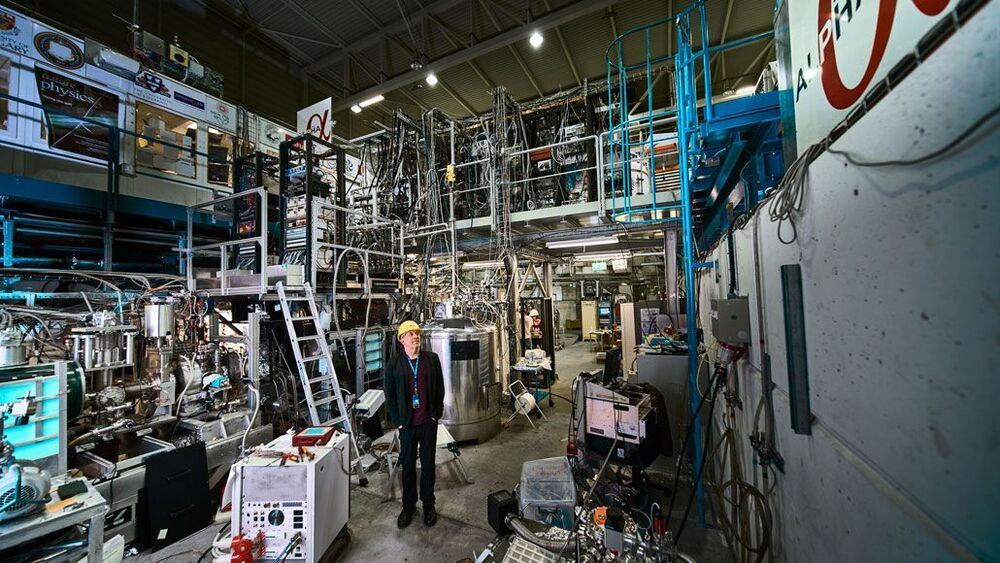

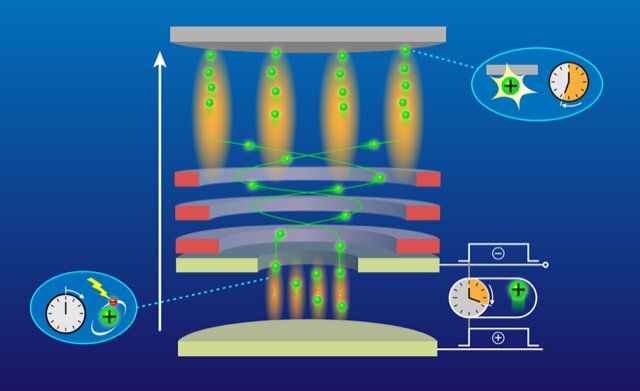
A team of researchers at Universität Stuttgart has developed an ion-optics-based quantum microscope that is capable of creating images of individual atoms. In their paper published in the journal Physical Review Letters, the group explains how they built their microscope and how well it worked when tested.



A team of scientists has detected the presence of a high-energy neutrino — a particularly elusive particle — in the wake of a star’s destruction as it is consumed by a black hole. This discovery, reported in the journal Nature Astronomy, sheds new light on the origins of Ultrahigh Energy Cosmic Rays — the highest energy particles in the Universe.
The work, which included researchers from more than two dozen institutions, including New York University and Germany’s DESY research center, focused on neutrinos — subatomic particles that are produced on Earth only in powerful accelerators.
Neutrinos — as well as the process of their creation — are hard to detect, making their discovery, along with that of Ultrahigh Energy Cosmic Rays (UHECRs), noteworthy.
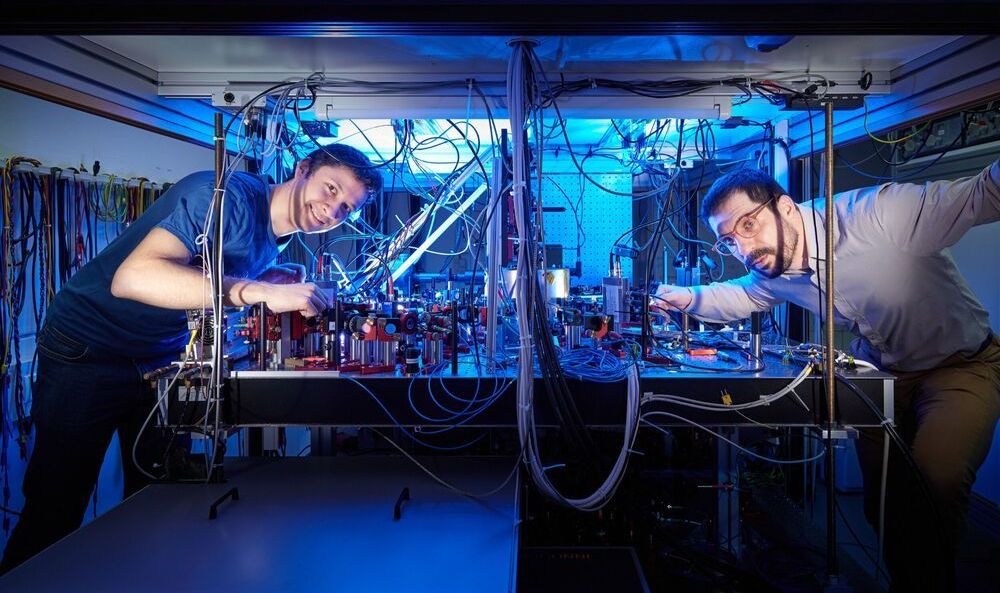
Even in the world of the smallest particles with their own special rules, things cannot proceed infinitely fast. Physicists at the University of Bonn have now shown what the speed limit is for complex quantum operations. The study also involved scientists from MIT, the universities of Hamburg, Cologne and Padua, and the Jülich Research Center. The results are important for the realization of quantum computers, among other things. They are published in the prestigious journal Physical Review X, and covered by the Physics Magazine of the American Physical Society.

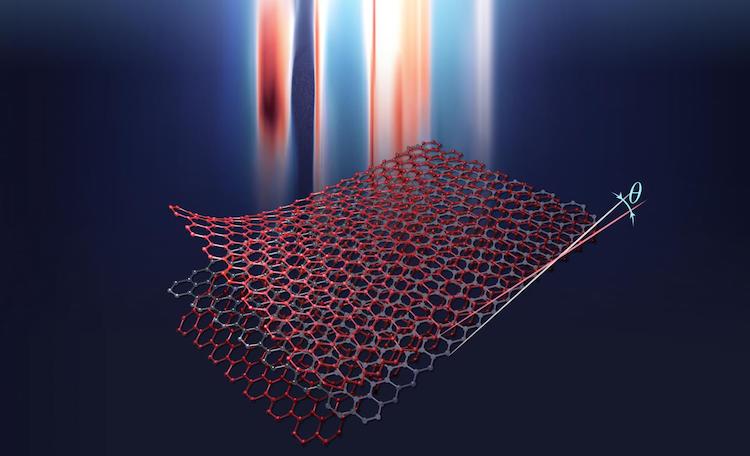
Two’s company, but three’s a crowd – unless you’re trying to make graphene superconduct at higher temperatures. That is the finding of researchers at Harvard University in the US, who discovered that the superconducting state in three stacked and twisted layers of graphene is more robust to temperature increase than the equivalent state in two-layer graphene. The researchers also found evidence that superconductivity in the trilayer system comes from strong interactions between electrons, rather than weak ones as in most conventional superconductors – corroborating a result reported a few days earlier by a separate team at the Massachusetts Institute of Technology (MIT).
A sheet of graphene consists of a simple repetition of carbon atoms arranged in a two-dimensional hexagonal lattice. When two sheets of graphene are placed atop each other and slightly misaligned, they form a moiré pattern, or “stretched” superlattice that dramatically changes the electronic interactions in the material compared to its pristine counterpart. The misalignment angle is critical: in 2018, the MIT group, led by Pablo Jarillo-Herrero, discovered a so-called “magic” angle of 1.1° where the material switches from an insulator to a superconductor. This means the twisted graphene can carry electrical current with no resistance below a superconducting transition temperature, Tc, of 1.7 K.
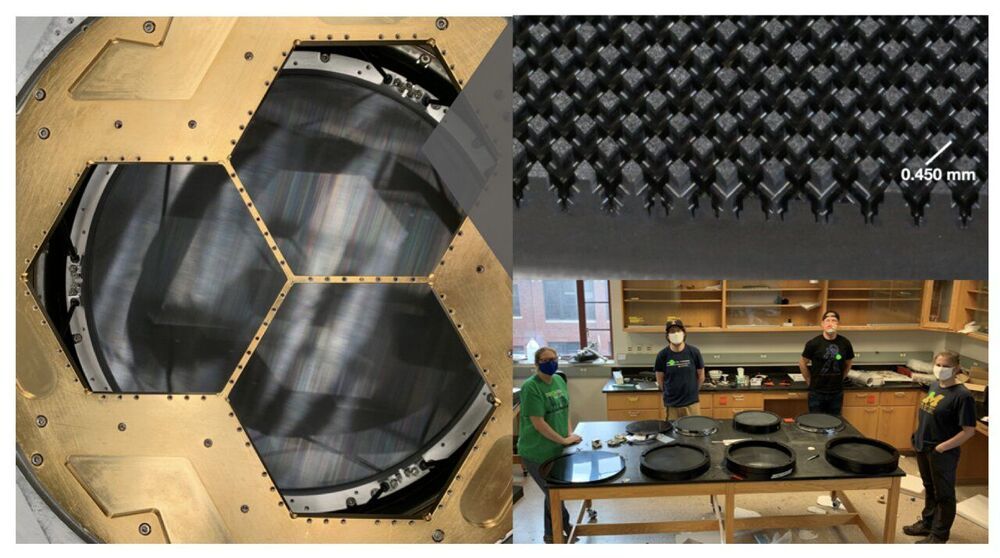
The cosmic microwave background, or CMB, is the electromagnetic echo of the Big Bang, radiation that has been traveling through space and time since the very first atoms were born 380000 years after our universe began. Mapping minuscule variations in the CMB tells scientists about how our universe came to be and what it’s made of.